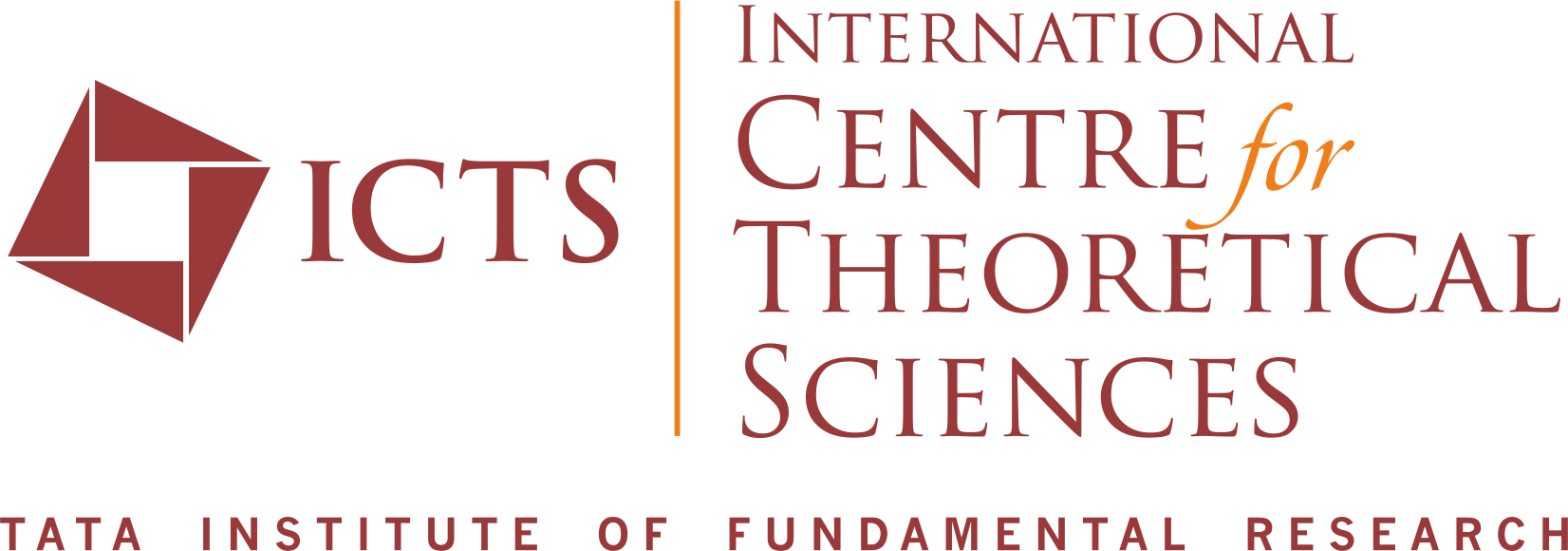Poster-1
Name: Adil Yousuf
Affiliation: Indian Institute of Science, Bangalore
Title: A Real Options approach to valuing Large scale investments
Abstract: Large scale investment projects such as Satellite manufacture are fraught with high levels of uncertainty. Every project is approved based upon some projections of future revenues and the costs involved. However, with such projections, the risk of failure (loss) is greater due to highly irreversible nature of the investments. In such a scenario, a Real options approach is taken to model the uncer- tainty. The approach included taking decisions regarding the optimal project execution time, the amount, and stages of investment based upon the possible paths that the project might take. In its simplest form, a Real Options approach may involve a multi-stage binomial tree model, evaluating the project at various stages (decision points), with the current state dependent upon the path taken up till that point. For projects with well-defined stages, the valuation approach may closely resemble one taken in evaluating European or Bermudan options. However, for most of the large-scale projects, American options are a closer proxy. This necessitates the uses of techniques like Monte-Carlo Simulation, ones that are adept at handling situations involving innumerable decision points.
Poster-2
Name: Archan Mukhopadhya
Affiliation: Indian Institute of Technology, Kanpur
Title: Weight of fitness deviation governs strict physical chaos in replicator dynamics.
Abstract: Replicator equation—a paradigm equation in evolutionary game dynamics—mathematizes the frequency dependent selection of competing strategies vying to enhance their fitness (quantified by the average payoffs) with respect to the average fitnesses of the evolving population under consideration. In this paper, we deal with two discrete versions of the replicator equation employed to study evolution in a population where any two players’ interaction is modelled by a two-strategy symmetric normal-form game. There are twelve distinct classes of such games, each typified by a particular ordinal relationship among the elements of the corresponding payoff matrix. Here, we find the sufficient conditions for the existence of asymptotic solutions of the replicator equations such that the solutions—fixed points, periodic orbits, and chaotic trajectories—are all strictly physical, meaning that the frequency of any strategy lies inside the closed interval zero to one at all times. Thus, we elaborate on which of the twelve types of games are capable of showing meaningful physical solutions and for which of the two types of replicator equation. Subsequently, we introduce the concept of the weight of fitness deviation that is the scaling factor in a positive affine transformation connecting two payoff matrices such that the corresponding one-shot games have exactly same Nash equilibria and evolutionary stable states. The weight also quantifies how much the excess of fitness of a strategy over the average fitness of the population affects the per capita change in the frequency of the strategy. Intriguingly, the weight’s variation is capable of making the Nash equilibria and the evolutionary stable states, useless by introducing strict physical chaos in the replicator dynamics based on the normal-form game.
Poster-3
Name: Garima Shakya
Affiliation: Indian Institute of Technology, Kanpur
Title: Protecting Elections
Abstract: Several cases of destroying ballot boxes or rigging electronically submitted votes and violence has been placed on the record. One way to see the problem is that we have integers $k_a$ and $k_d$ corresponding to respectively the number of voter groups the attacker can attack and the number of voter groups the defender can defend. The voters are partitioned into groups e.g. Constituencies or polling booths and a voter group gets removed from the election if it is attacked but not defended. Optimal Attack problem is to answer if it is possible for the defender to find a strategy that, no matter which $k_a$ voter groups the attacker attacks, the outcome of the election does not change. Optimal Attack problem is to answer if it is possible for the attacker to find a strategy that, no matter which $k_d$ voter groups the defender defends, the outcome of the election is always different from the original (without any attack) one. We prove that both the problem of optimal attack and Defense are computationally intractable. Empirically we show that, though optimal defense is a hard problem, a simple strategy like greedy achieves more than 70% optimality.
Poster-4
Name: Jayesh Choudhari
Affiliation: Indian Institute of Technology, Gandhinagar
Title: Discovering topical interactions in text based cascades using Hidden Markov Hawkes Process
Abstract: Social media conversations unfold based on complex interactions between users, topics and time. While recent models have been proposed to capture network strengths between users, users’ topical preferences and temporal patterns between posting and response times, interaction patterns between topics has not been studied. We argue that social media conversations naturally involve interacting rather than independent topics. Modeling such topical interaction patterns can additionally help in the inference of information cascades. For the same, we propose a model named Hidden Markov Hawkes Process (HMHP) that incorporates Markov Chains over topic within Hawkes processes to jointly model topical interactions along with user-user and user-topic patterns. We also propose a Gibbs sampling algorithm for HMHP that jointly infers the network strengths, diffusion paths, the topics of the posts as well as the topic-topic interactions. We show using experiments on real and semi-synthetic data that HMHP is able to generalize better and recover the network strengths, topics, and diffusion paths more accurately that state-of-the-art baselines. More interestingly, HMHP finds insightful interactions between topics in real tweets which no existing model is able to do. This can potentially lead to actionable insights enabling, e.g., user targeting for influence maximization.
Poster-5
Name: Shubham Kumar Nigam
Affiliation: Indian Institute of Technology, Kanpur
Title: Efficient Allocation of Goods in a Network
Abstract: Consider goods that can be shared with k-hop neighbors (i.e., the set of nodes within k hops from an owner) on a social network. We examine incentives to buy such a good by devising game- theoretic models where each node decides whether to buy the good or free ride. First, we find that social inefficiency, specifically excessive purchase of the good, occurs in Nash equilibria. Second, the social inefficiency decreases as k increases and thus a good can be shared with more nodes. Third, and most importantly, the social inefficiency can also be significantly reduced by charging free riders an access cost and paying it to owners, leading to the conclusion that organizations and system designers should impose such a cost. These findings are supported by the theoretical analysis in terms of the price of anarchy and the price of stability and by simulations based on synthetic and real social networks.
Poster-6
Name: Sobin Joseph
Affiliation: Indian Institute of Science, Bangalore
Title: Hawkes Process: Estimation and application in Finance
Abstract: Hawkes process is a non-homogenous poisson counting process that models a sequence of ‘arrivals’ of a type of activity over time. Hawkes process has a intensity that varies with time. In Financial trading applications the amount of trades varies during a day, which makes estimation using poison process difficult. In order to fill this void, there comes Hawkes process which has a time varying intensity rate. Hawkes process can be used to model the further arrival of trades. Hawkes process is used in many applications like seismology to know the occurrence of earthquake, Bank default occurrence, to understand the spread of videos, tweets etc. In here bitcoin data is been used to fit the hawkes process. An exponential Hawkes kernel function is used. The maximum likelihood estimation method is used to estimate the parameters of Hawkes Kernel. The estimated parameters is used to build the intensities. These estimated intensities was compared with the actual intensities.
Poster-7
Name: Suranjana Kundu
Affiliation: Delhi School of Economics, Delhi
Title: Exchange Rate Pass-Through and Net Exportability in India
Abstract: Rising current account deficit is becoming a concern for the sustainability of growth and foreign reserves, specifically when some of the developed countries are drawing restrictive Trade and capital policies. The challenges tend to be more pronounced if the exchange rate depreciation does not make pass-through effective to boost the net exportability. Such dynamics further challenges the inflation targeting strategies by RBI since 2015. Patra et al. (2018) also highlighted a similar problem. I have studied the recent trends of India’s nominal exchange rate, terms of trade, GDP, net export as percentage of GDP and rate of inflation based on IMF datasets for the period 2010 to 2018. The findings support that the depreciation of India’s nominal exchange rate has failed to make effective pass-through into the domestic prices during this period causing net export as a percentage of GDP to remain stagnant despite of a slowdown in GDP growth.

